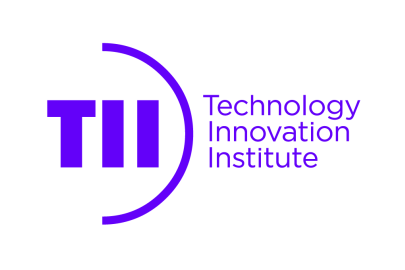The 2021 JOINT IEEE INTERNATIONAL SYMPOSIUM ON ELECTROMAGNETIC COMPATIBILITY, SIGNAL & POWER INTEGRITY, AND EMC EUROPE, https://www.emc2021.emcss.org/ running from 26 July to 20 August is a crucial event for the Electromagnetic Compatibility and Interference community. This year, TII’s Directed Energy Research center will mark an impactful participation through presenting several scientific papers and a major tutorial focusing on Nuclear Electromagnetic Pulse as part of a dedicated tutorial session sponsored by ETS Lindgren. The Electromagnetic Effects Division, led by Dr. Nicolas Mora, Director of Electromagnetic Effects at the Technology Innovation Institute’s Directed Energy Research center, will explore its recent advances in measurement techniques, electromagnetic sources classification, and signal processing techniques. Furthermore, in collaboration with Professor Farhad Rachidi, Head of the EMC Laboratory at the Swiss Federal Institute of Technology Lausanne (EPFL), Dr. Mora will present an hour-long tutorial on recent issues in focus with regard to international standards pertaining to Nuclear Electromagnetic Pulses. The details of the tutorial are provided below:
Recent Advancements in HEMP, EMP, and IEMI Protection – A Global Perspective
In this half-day virtual workshop, set to run on Friday, 6 August, speakers will address the threats posed by High Altitude Electromagnetic Pulse (HEMP), Electromagnetic Pulse (EMP), and Intentional Electromagnetic Interference (IEMI) to industries that are considered critical infrastructure, such as utilities (power, water, and gas) and services (data, financial, and communication).
Dr Nicolas Mora will headline a tutorial alongside Professor Farhad Rachidi on Early-Time HEMP Conducted Environment. Don’t miss it!

Nuclear EMP - Context and Contribution
When protecting military and critical civilian infrastructures from electromagnetic disturbances, it is mandatory to test the efficiency of the installed protection devices. The test must reproduce the high current levels induced on overhead lines when exposed to a high-altitude nuclear electromagnetic pulse. Very extensive work was undertaken several decades ago in the US and the IEC SC 77C to calculate the electromagnetic environment produced by HEMP. In line with these efforts, some standards have been issued to define the testing parameters of the protection devices.
Highlighting the major contribution of the scientific achievement, Dr. Nicolas Mora said: “We have recently published an article in which we investigate the accuracy of past results by revisiting the calculations using advanced techniques. Understanding the work methodology and predicting the environments on our own is paramount to ensuring proper planning of electromagnetic protection.”
Commenting on the context and the major scientific contribution, Prof. Farhad Rachidi said: “The evaluation of early-time HEMP conducted environments was considered a well-known problem that was addressed in several classical works nearly two decades ago. This paper revisits the problem through adopting a more rigorous approach, taking into account different effects which had been ignored in classical studies, namely the effect of high-frequency radiation effects and the soil frequency-dependent parameters. The results have been calibrated to identify inconsistencies in prevailing standards and will certainly have an impact in future revisions of IEC and MIL standards.”
This work will help inform standardisation committees in re-evaluating the specifications of the necessary test environments in order to reproduce the accurate electromagnetic environment of the Nuclear Electromagnetic Pulse in the laboratory. Protection programmes will be updated in order to design and integrate adequate security and safety measures to critical infrastructures and sensitive systems.
The Directed Energy Research center has lately commissioned the Nuclear Electromagnetic Pulse simulator in Abu Dhabi and is committed to advancing related science and knowledge with its partners in a bid to increase the resilience of critical infratsructures and systems in a highly connected and digital world. To learn more about the recent achievements of the Directed Energy Research center its partners, don’t miss the tutorial. To attend, please register here: https://www.emc2021.emcss.org/







